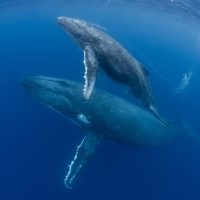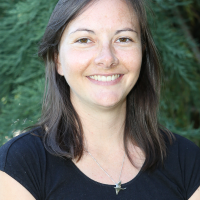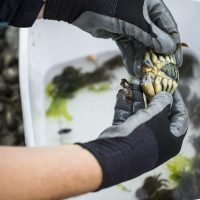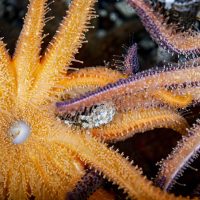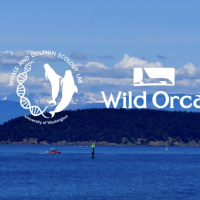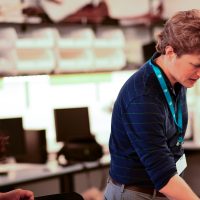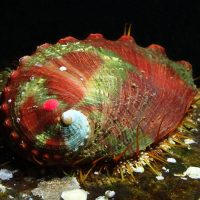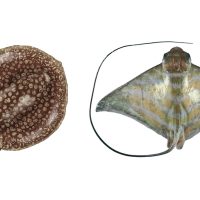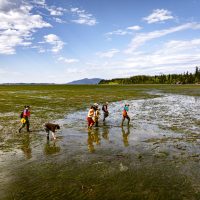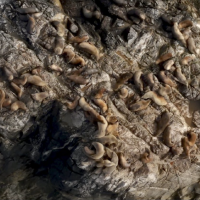Filter Results
Longer body size means more female calves for baleen whale moms
Long baleen whale mothers are more likely to have female calves than males, according to a new study led by the University of Washington. The findings, published by UW QERM student Zoe Rand and Professors Trevor Branch and Sarah Converse, contradict a popular evolutionary theory postulating that strong mammals benefit more from birthing males.
Read moreWelcoming Andrea Burton, new Assistant Teaching Professor in Marine Biology and SAFS
We welcome Andrea Burton to Marine Biology and the School of Aquatic and Fishery Sciences (SAFS), our newest faculty member. Andrea starts this month as an Assistant Teaching Professor. As a specialist in climate change biology, using molecular and ecological approaches to examine adaptive response to changing conditions, Andrea joins us from UCLA where she was a lecturer.
Read moreTracking the population’s advance while probing the inner workings of the European green crab
For almost a decade, the Washington Sea Grant Crab Team has been surveilling the advance of the invasive European green crab. In 2015, the team was formed to engage citizen scientists in a search for the first signs of an invasion into Puget Sound, with the first documented trap of a green crab taking place a year later in August 2016. They have now been found in more than 30 trapping sites. A new story in Salish Sea Currents features tracking efforts tracking efforts and research into the invasive crab.
Read moreDiscovery of the decade reveals the culprit behind sea star wasting disease
Until now, no one knew what caused the sea star wasting disease which wiped out populations along the West Coast starting in 2013. But an international research effort including scientists from the University of Washington has finally revealed the cause: a strain of the bacterium Vibrio pectenicida.
Read moreWhy study diet? New research video featuring the southern resident killer whales
A new video features how genetic metabarcoding is being used by the UW Whale And Dolphin Ecology Lab, led by Amy Van Cise, to understand and conserve southern resident killer whales in the Salish Sea.
Read moreEvidence-based program helps students see themselves as scientists
Jose Guzmán wanted to help bridge the gaps that undergraduates faced in participating in research, and that graduate students faced in mentoring. And so, the IBIS program was born.
Read moreRaising the next generation of endangered pinto abalone
A new study, led by recently-graduated doctoral student Eileen Bates and principal investigator Jacqueline Padilla-Gamiño, and funded by Washington Sea Grant, found climate change stressors negatively impact pinto abalone during their larval stage.
Read moreForce, form, and function: New method explains stingray skeleton architecture
A UW mechanical engineering student’s research is revealing how generative design can be used to analyze the complex shapes found in biological rigid structures like skeletons. John Michael Racy, along with co-authors including Adam Summers, turned to generative design to understand the complex forces that shape the elements of the stingray fin skeleton.
Read moreMuckin’ around: An undergraduate fieldtrip to explore seagrass ecosystems
During low tide at Padilla Bay on a bright day in early May, you could find a class of UW undergraduates exploring the largest contiguous seagrass ecosystem in the lower 48. Why? To collect data to assess the habitat value of seagrass.
Read moreDrones and machine learning help swimmers stay safe from sharks
Funded by the California Ocean Protection Council, SAFS Professor, Corey Garza, and colleagues at Stanford, UC Santa Cruz and the Middlebury Institute have embarked on a project to better understand shark and pinniped behavior off the California coast. They do this by tagging and tracking the animals, collecting background environmental data through buoys and mapping where pinnipeds gather. The goal is to understand how these variables interact and better predict when and where white sharks might be on the prowl — and, importantly, how to keep people out of the water when they are.
Read more